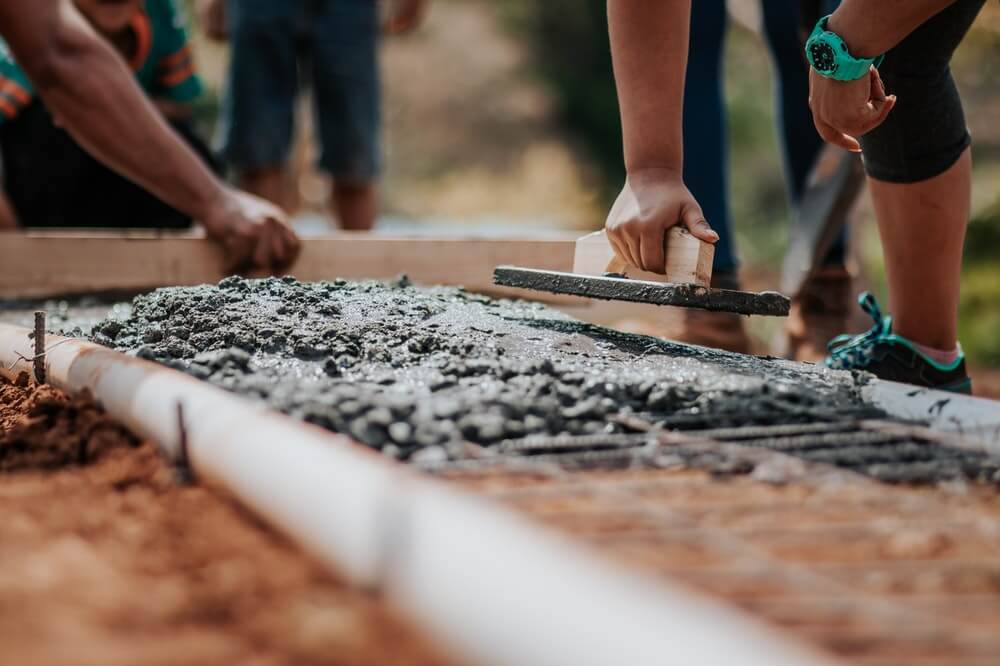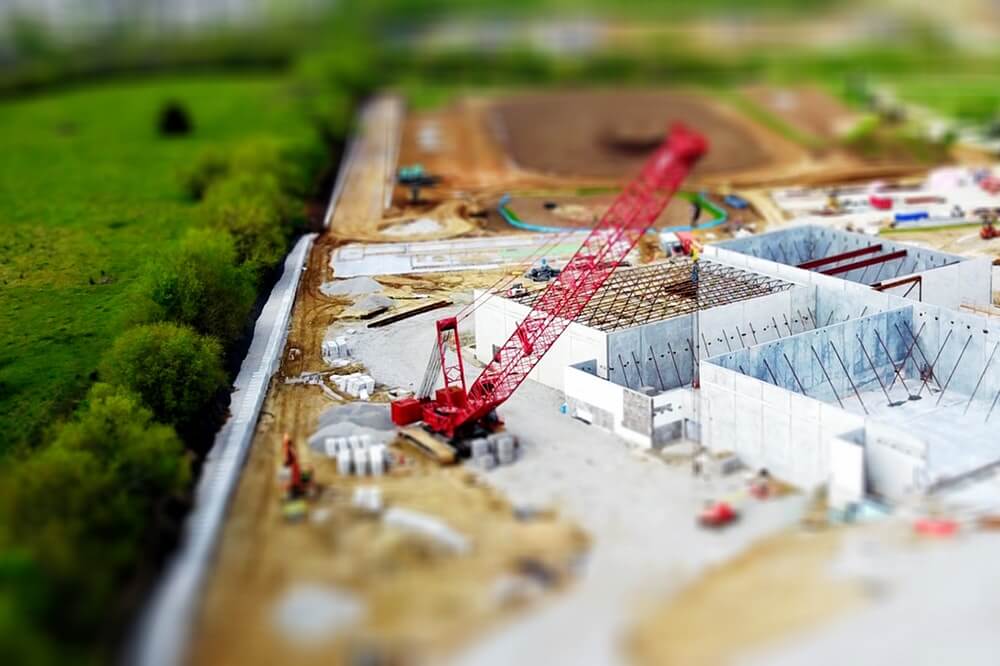
Home renovations can be a relative and objective term to all homeowners. You may have the greatest budget around and on a regular basis. On the flip side, you may have minimal amounts of cash that you can invest to up the quality of your life at home or minimal time to oversee projects. The latter is probably one of the biggest reasons that our prospective clients say, “no, I’ll wait to take care of this until a later day.” It’s completely understandable, but a challenge that the Victorian Foundation Repairs team is here to circumvent.
We’re experts in the business of underpinning, reblocking and Restumping. If you’re unfamiliar as to what these entail, they’re tried and true methods to take a good hard look at the foundation under your home and provide whatever services you need so that that foundation stays sturdy and intact.
While our pricing is competitive and our service is unsurpassed, we are sensitive to the fact that not all of our customers will always need the full package. The key here is looking at the initial signs that something could be wrong. Don’t ignore these. Cracking in the walls? Something to keep an eye on. Doors that don’t properly open or close? Definitely something that you want to keep in the back of your mind. There are many other signs and catalysts – all of which you can learn more about on the Victorian Foundation Repairs blog.
So, if you’re keeping an eye on the signs, you’re going to have early visibility into the likelihood that something wrong is going on. The next question is the scope of the work that needs to be done. You don’t always need to have the entirety of your foundation replaced. Instead, you can explore the crawl spaces underneath and see exactly where the problem areas are. Caveat – Band-Aid fixes are called such for a reason. If you don’t properly take care of small areas of your foundation, they can easily turn into greater and much more expensive needs – in fact, with great speed.
Here’s one great short-term fix that we wanted to profile today – the insertion of steel or wood “shims”. They go in between the wood structure and the concrete blocks. There is a hitch, however. They’ll have to be reinforced every few years. The repair requires some labour, as well as regular monitoring and minor maintenance in order to ensure that your home’s foundation is truly stable.
The second solution to highlight would be helical piles. These would replace the existing concrete blocks that are already in the foundation. They’re great because they allow the interior of the home to live on top of a load-bearing stratum which can withstand even the toughest of weather conditions. We’re talking about a solid, consistent base.
More to come on this topic. If you have questions in the meantime, please reach out to our team. We can’t wait to hear from you.

 Happy New Year to all of our valued community of customers. Happy New Year to our team and all of our family and friends. It
Happy New Year to all of our valued community of customers. Happy New Year to our team and all of our family and friends. It  We hope that the pun wasn’t lost on the audience that normally checks out the Victorian Foundation Repairs blog. We also hope that the pun wasn’t lost on the prospective audience of those that are newer to the Victorian Foundation Repairs blog, and we furthermore want to welcome the prospective audiences of those that are newer to the
We hope that the pun wasn’t lost on the audience that normally checks out the Victorian Foundation Repairs blog. We also hope that the pun wasn’t lost on the prospective audience of those that are newer to the Victorian Foundation Repairs blog, and we furthermore want to welcome the prospective audiences of those that are newer to the  In the 1920s,
In the 1920s,  Just because the holidays are right around the corner, doesn’t mean that home news rests. You’ll find that many companies are trying to cram in as much work and as many wins as possible. On the other end of the spectrum, different companies are trying to educate their employees and customers on how to rest as the year winds down. You see all of the above, and we’re here to capture it. We love our monthly home news round-ups. There’s always something that we learn that can support growth and change for the
Just because the holidays are right around the corner, doesn’t mean that home news rests. You’ll find that many companies are trying to cram in as much work and as many wins as possible. On the other end of the spectrum, different companies are trying to educate their employees and customers on how to rest as the year winds down. You see all of the above, and we’re here to capture it. We love our monthly home news round-ups. There’s always something that we learn that can support growth and change for the  Once a year, we have a legitimate reason to put together a post on the
Once a year, we have a legitimate reason to put together a post on the  The holidays are almost here and they can be some of the
The holidays are almost here and they can be some of the  There is something so beautiful about an old home. We’ve talked about it at length before. We know that when you walk on to the property of a storied house, you’re walking into a nature of respect for generations of stories and memories from homeowners before you.
There is something so beautiful about an old home. We’ve talked about it at length before. We know that when you walk on to the property of a storied house, you’re walking into a nature of respect for generations of stories and memories from homeowners before you. There are definitely different areas around the globe that call to mind a certain temperate zone or even a certain temperature. From the north to the south to the east to the west, there are completely different landscapes… even fifty miles apart.
There are definitely different areas around the globe that call to mind a certain temperate zone or even a certain temperature. From the north to the south to the east to the west, there are completely different landscapes… even fifty miles apart. 